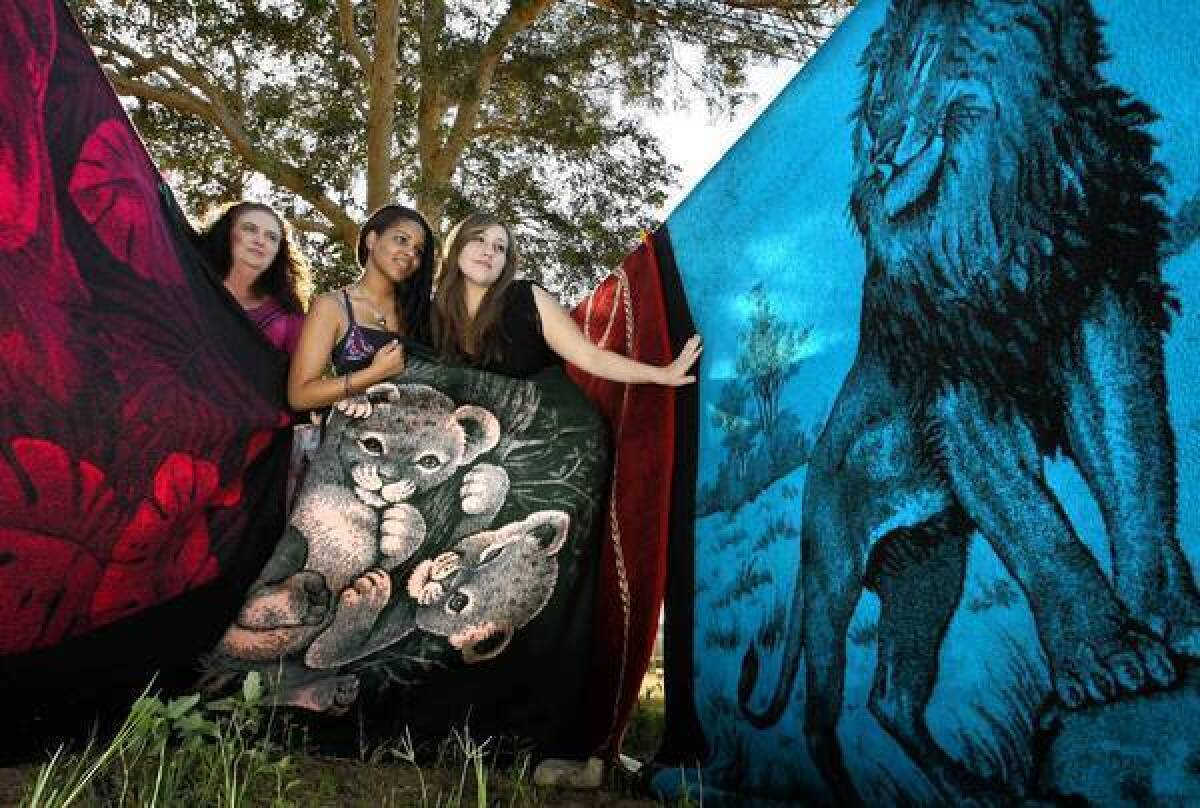From street corners to cherished family heirlooms, San Marcos blankets have woven themselves into the very fabric of Latino culture. These vibrant, thick blankets are not just items of warmth; they hold a narrative of heritage, nostalgia, and identity for many families across the United States. While once dismissed as 'tacky' by some, they have become beloved symbols of comfort and connection, transcending mere utility.
In a world where trends come and go, the San Marcos blanket has stood the test of time, cherished for its warmth and the memories it brings. For many, the moment they embrace a San Marcos is the moment they embrace a part of their cultural identity. It's a reminder of family gatherings, holiday celebrations, and the enduring bonds that tie generations together.
As we delve into the stories behind these iconic blankets, we will uncover how they have evolved, their production history, and the personal anecdotes that highlight their significance. Join us on this journey as we explore how a simple blanket can encapsulate the essence of family, culture, and cherished memories.
What You Will Learn
- The historical context and origin of San Marcos blankets.
- Personal stories reflecting the emotional connection to these blankets.
- The cultural significance of San Marcos in Latino communities.
- Insights into the production and current status of San Marcos blankets.

They once were hawked on street corners, displayed like the finest artwork with their images of Aztec warriors, Virgin Marys, lions, pandas, and unicorns.
Laura Genao saw them growing up but never pictured herself owning one.
“Too tacky,” she thought.
Years later, her mother slyly left one on her couch: a blanket with a giant tiger woven in shades of gray, black, and white.
It was then Genao learned




